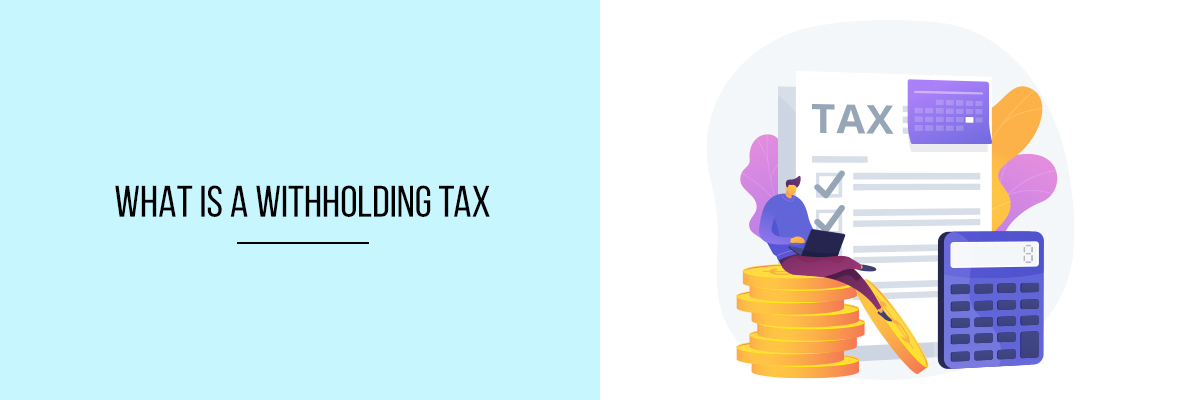It refers to the set amount of money that is a credit against the income taxes that the employee must pay during the year and which an employer withholds from the employee’s wages and pays directly to the Government. At times, it is also referred to as the tax levied on income (interest and dividends) from securities owned by a non-resident alien as well as other income paid to non-resident aliens of a country.
Withholding tax is levied on the vast majority of people who earn income from a trade or business in the United States. It allows the United States Government to tax at the source of income, rather than trying to collect income tax after wages are earned. In case, too much money is withheld, an employee will receive a tax refund, and likewise, if not enough money is withheld, then the employee will have an additional tax bill to pay.
There are two different types of withholding tax levied by the Internal Revenue Service (IRS) and both ensure that proper tax is withheld in different situations.
- The first and most common type of withholding tax is the amount levied on U.S. resident’s personal income that must be collected by every employer in the United States, and remitted directly to the Government, with the employees paying the remainder of the tax when filing a tax return in April every year.
- The second one is the non-resident withholding tax levied against non-resident aliens (referred to those who are foreign-born and have not passed the green card test or a substantial presence test). This tax is levied to ensure that proper taxes are made on income sources from within the United States. All non-resident aliens are expected to file Form 1040NR if they are engaged in a trade or business in the United States during the year.
In the first case of withholding tax, it is generally expected that about 90% of the estimated income taxes are withheld by the Government. This will ensure that one never falls behind on the payment of income taxes. In case, the tax amount is not paid then the concerned person risks paying heavy penalties and also becomes liable to backup withholding tax which is a higher rate of tax withholding set at 24%. Investors and independent contractors are exempted from payment of this category of withholding tax but are not exempted from income tax which they are required to pay quarterly.
Similarly, in the second case of withholding tax, people who are non-resident aliens have the benefit of standard IRS deduction and exemption tables to help them figure out when the payment of the U.S. taxes must be done and what types of deductions they are entitled to claim.
Guidance On Withholding Tax
If you are looking for a reliable source to guide you on withholding tax and all aspects related to it, then look up the Compliance Prime webinar.
Compliance Prime, a leading training service provider with its all-around knowledge and understanding of EEOC, REAC & HUD, is ideally placed to guide you on withholding tax and all aspects related to it.
It is also known for providing high-quality training to business professionals with innovative strategic training solutions that have gained the trust of professionals looking to enhance their skills and drive performance, over the years. The training programs are the most practical, relevant training programs explained by experts with a wealth of knowledge covering the best practices, new ideas, and practical tips that you can put into practice right away.


